Category: tenants
Home-Sharing is Creating Value for Multifamily Property Managers
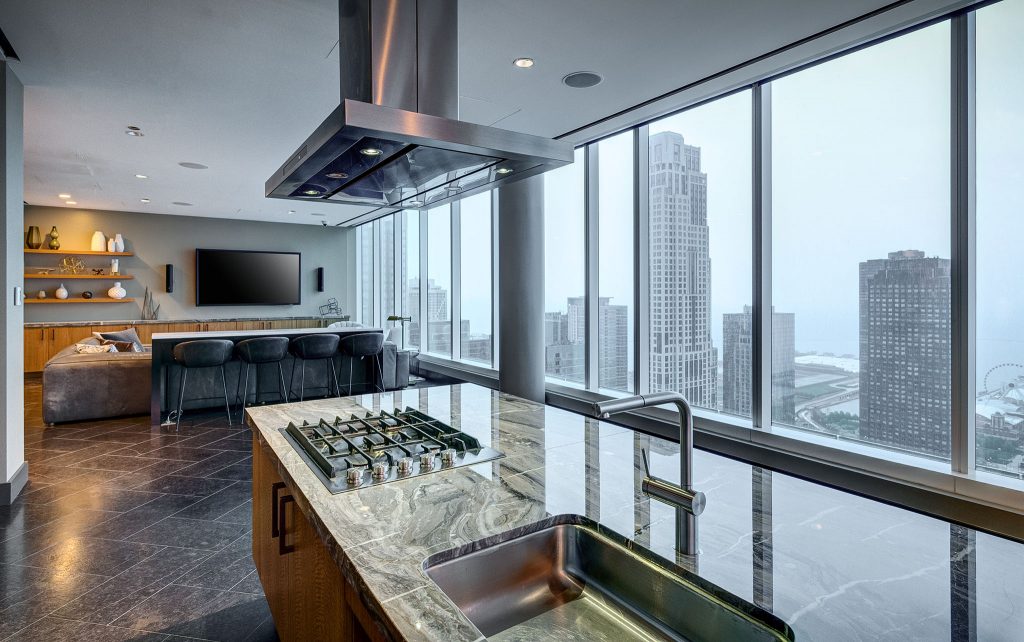
Home-sharing is a multi-billion dollar industry that is gaining momentum with unlikely allies: multifamily property managers. Traditionally, multifamily property managers have made cash off long-term leases and rent costs and prohibited home-sharing because they violated rules and regulations. But a report from the National Multifamily Housing Council (NMHC) estimated that about 65% of recent Airbnb bookings were in multifamily buildings, including apartments, condos and even in-development hotels. It also found that 43% of property managers have had short-term rentals occur without their approval. To legitimately meet the home-sharing demand, companies are bringing their innovations to multifamily property managers. Apartments Doubling as Hotels
Among the operational challenges that multifamily managers encounter is what to do during dry leasing periods. Enter companies like WhyHotel and Stay Alfred that take un-leased apartments and convert them into furnished, amenitized hotel units. This pop-up hotel model has been gaining traction. Zak Schwarzman, an investor in WhyHotel, told Forbes, “It’s no surprise that companies in this category with a clear value prop are receiving a warm reception from the multifamily community. WhyHotel offers developers significant newfound revenue by managing their yet-to-be-rented inventory as short-term hospitality during a building’s lease-up period. Who would say no to that?”
Stay Alfred focuses on market rate properties, providing a more upscale, short-term hospitality experience. In addition to furnishing empty units, the company rents them and staffs the buildings. Legitimate Short-Term Rentals
To eliminate the notion of black market short-term rentals, multifamily managers are taking a proactive approach to the leasee-turns-landlord problem. YOTELPAD in Miami became the first condo community to permit restriction-free short-term rentals. David Arditi, founding principal of Aria Development Group, the developer of YOTELPAD, told Forbes, “We’ve heard many stories of residential buildings having to deal with owners who are trying to skirt local legislation by renting out their units on a short-term basis. They are typically not allowed to do so given condominium association and zoning restrictions. We thought, why not do something that addresses this head on and gives people the option to do what they are asking for?”
Making life easier for multifamily property managers are companies like San Francisco-based Pillow, which provides the tools for property managers to control all short-term rental hosting in their buildings, as well as share in the revenue, ensure local regulatory compliance, and insure against damage.

NMHC/NAA Support
Multifamily home-sharing has the support of NMHC and the National Apartment Association, two of the most influential industry and advocacy organizations. “NMHC/NAA support the right of multifamily firms and other property owners to participate in all aspects of the sharing economy, if they so choose, and if it is done in full compliance with existing law and regulations,” according to an NMHC home-sharing fact sheet. The fact sheet emphasizes that the choice is ultimately up to multifamily property owners, but it encourages the practice as it creates additional revenue streams. “Policymakers at all levels wanting to regulate the short-term rental market should be cautious as to not inhibit the benefits of the sharing economy, while ensuring that the protection of private property rights and contractual obligations between property owners and residents are respected.”
What’s Next?
Multifamily home-sharing is more than a trend and will seemingly continue to evolve. We previously covered Airbnb’s entrée into the multifamily property manager partnership with its Niido brand, which launched its flagship property in Orlando. The program has been so successful that the company is expanding into Nashville with plans to open up to 14 more properties by 2020. This combined with the momentum of short-term rentals positions the home-sharing model to generate more cash and lower operational costs to reduced unit turnover and improved brand awareness for multifamily property managers.
How Millennials are Influencing the Multifamily Housing Market
Millennials are moving out of their parents’ houses in favor of multifamily communities. A strong economy is one factor, and Millennials are renting more than buying. This bodes well for multifamily operators who are seeing an influx of tenants to major municipalities, as well as smaller cities and suburbs. Let’s take a closer look at how Millennials are influencing the multifamily housing market.
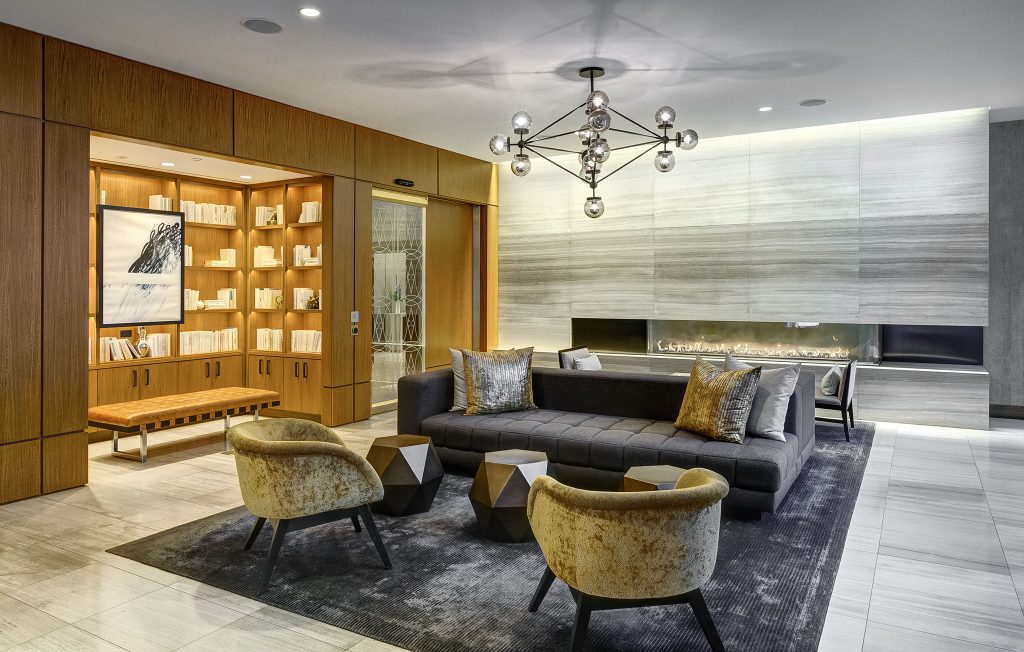
Secondary Market Boom
“Maturing Millennials” or those around age 34 are having babies at a higher rate compared to the rest of their generation. As we’ve previously written, they are influencing the urbanization of the suburbs movement by seeking more space in markets they can afford in so-called second tier municipalities. As Building Design + Construction reports, “…while Millennials are moving out of their parents’ houses and into multifamily developments, the developments that they want are in secondary and suburban communities where they can afford larger, more affordable space. This means they’ll be looking for mixed-use suburban locations with a bit of urbanism, as well as transit-oriented developments so they can get to work in urban commercial centers.”
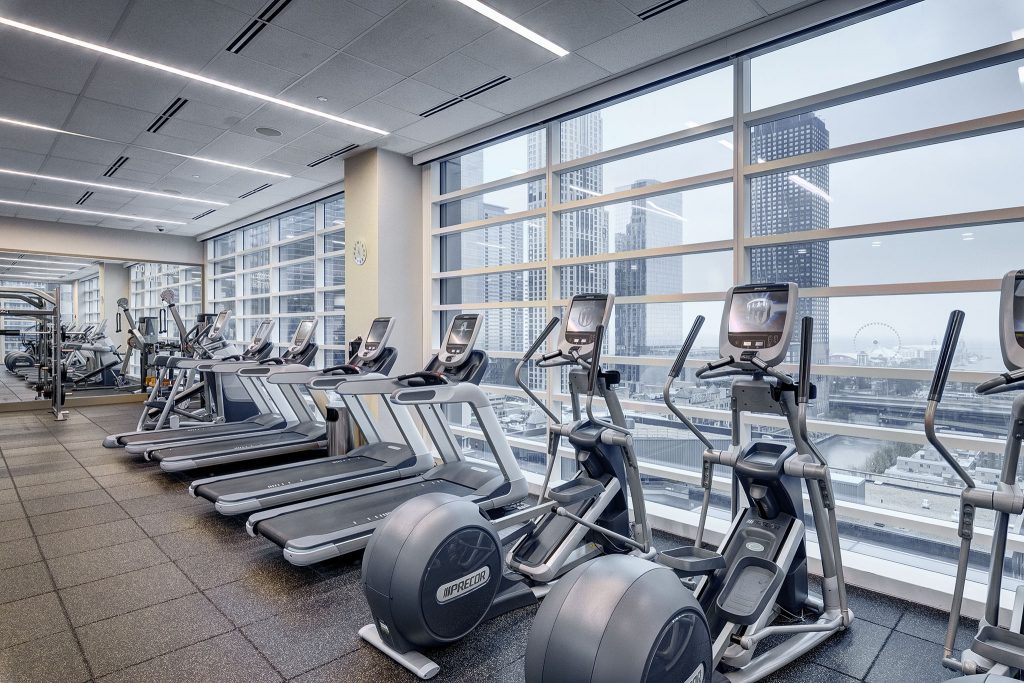
Specific AmenitiesFor those Millennials who aren’t ready to start a family, unit space goes by the wayside in exchange for top-notch amenities, especially in market rate multifamily properties. As we’ve previously covered, and according to the National Multifamily Housing Council, Millennials rank the following as the most desirable amenities: rooftop decks, outdoor kitchens, fitness centers, bike stations, yoga studios, and updated package centers.
Millennials also don’t overlook lobbies. “An active, inviting lobby is always important, as it is the first impression that the renter and his/her guests see upon entrance,” says Building Design + Construction. “The lobby should be open and situated like a lounge, evoking the feeling of an extended hangout space.”
Luxuries on a Budget
In lieu of buying a home and paying a mortgage, Millennial renters prefer to allocate those funds toward higher-end apartments offering luxuries that a starter home would not. In addition to the above amenities, these luxuries include security and concierge services, in-unit laundry and dishwashers, and conveniences such as smart controls for HVAC systems, dog parks, pet washing stations, recycling services and electric car charging stations.
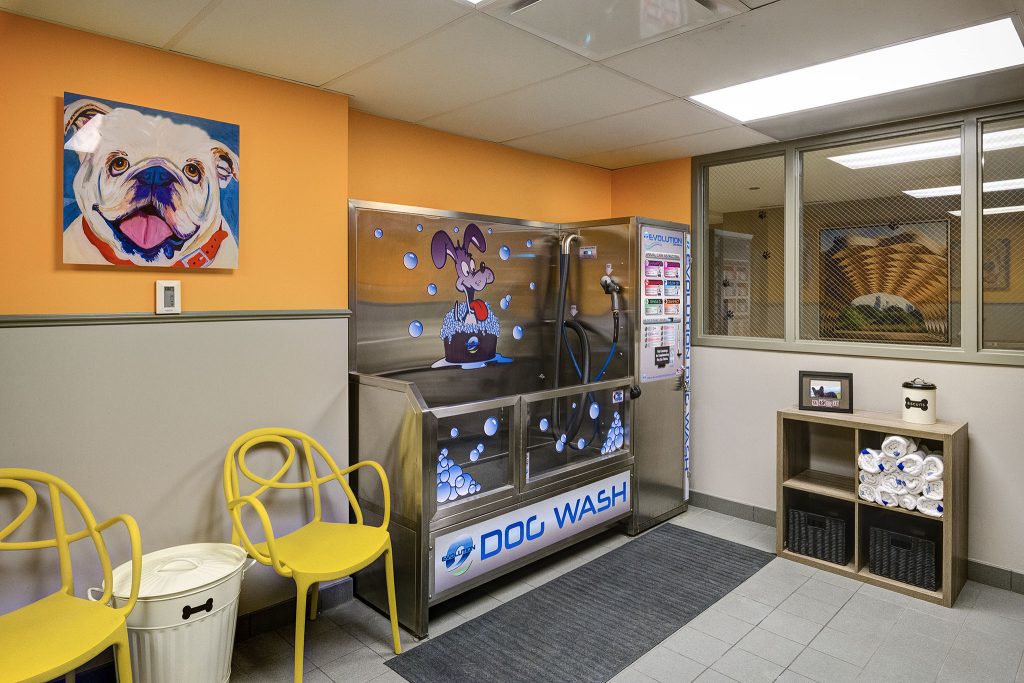
Home Sharing Income
The total student loan debt in 2018 was $1.6 trillion, which has made it difficult for recent college graduates to save. With rents increasing in larger cities, Millennials are seeking side-hustle income property opportunities. Traditionally, this has been conducted by property owners, but Airbnb and certain landlords have recognized an opportunity and market for home-sharing for tenants. Niido Powered by Airbnb launched in 2018 and features rentals in Orlando and Nashville. “Rent your couch, a room, or your entire apartment to offset your rent or pay for your next trip,” according to the company website. “By using your apartment to generate extra income, we enable residents to spend their time and money the way they want, while at the same time supporting a global community of travelers and adventure seekers.”
Conclusion As the largest living generation, Millennials know what they want, and the multifamily housing market is responding. Whether they land in the big cities or surrounding suburbs, Millennials are motivating multifamily operators to provide access, amenities, income opportunities, and modernization.
Keys to a Successful Office Renovation
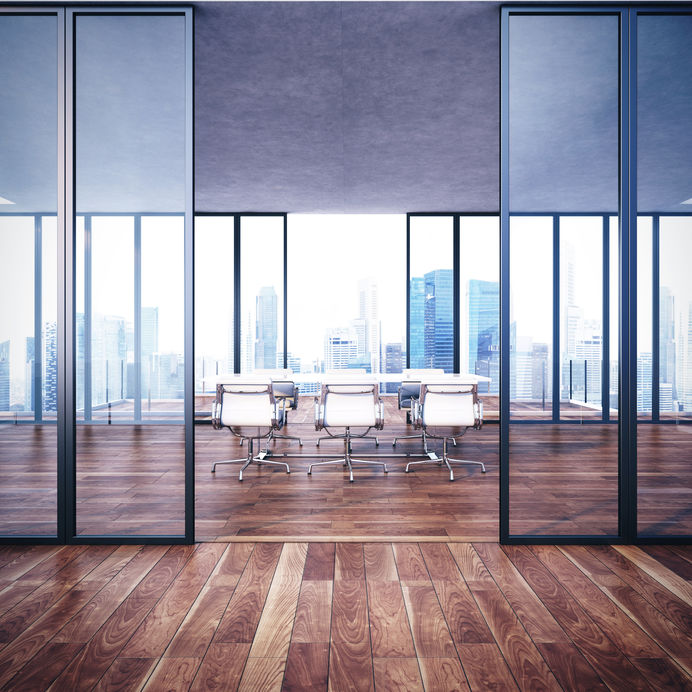 Property owners and tenants seeking office renovations want to improve the look, feel, and functionality of their buildings. After all, your office is a reflection of your business, and the right renovations can have a direct impact on your bottom line. The proper design-build company will apply the following keys to a successful office renovation:
Property owners and tenants seeking office renovations want to improve the look, feel, and functionality of their buildings. After all, your office is a reflection of your business, and the right renovations can have a direct impact on your bottom line. The proper design-build company will apply the following keys to a successful office renovation:
Create a Clear Renovation Strategy
Renovations should be carefully planned in order to maximize the return on investment as well as the long-term success of the business. The first step is to lay out the estimated renovation budget. Include the expenses of development, required materials, new furnishings, work, and so on, as well as a reserve budget for any unexpected costs.
Renovation with minimal disruption is key, which is why you’ll need a solid communication plan. Inform current tenants on the work schedule so they’ll know how to best manage employees during the renovation. Teem recommends the following approach: ”Do you have vacant areas or swing spaces you can put them in? If not, you’ll need to find some. In terms of office renovation design, keep in mind the current number of employees, future growth, technology, functionality, how employees prefer to work, and office design trends.”
___________________________
The idea of an office renovation is exciting for any business. It implies a new beginning, a renewed character, and a refreshed style.
___________________________

Assess the Building’s Strengths
You may find that you can capitalize on the building’s existing features. An office with good bones can be preserved or fortified. At the same time, systems and features may require updating. According to Building Design + Construction, “If mechanical units, system controls, and lobby lighting have recently been replaced or updated, investigate the possibility of seeking an Energy Star rating, which signifies that the building’s energy consumption is below the standard for buildings of its type and size. This tells potential occupants or tenants they can expect generally lower utility expenses than in a conventional building.”
Improve Curb Appeal and Entrances
First impressions are everything, and they inspire property-owner and tenant confidence alike. Investing in landscaping, new exterior paint, updated concrete work, and entranceways creates value and a more inviting atmosphere. There should be continuity when entering the lobby or reception area of an office, as this space serves as the face of your property and should accurately depict a tenant’s company-brand and culture.
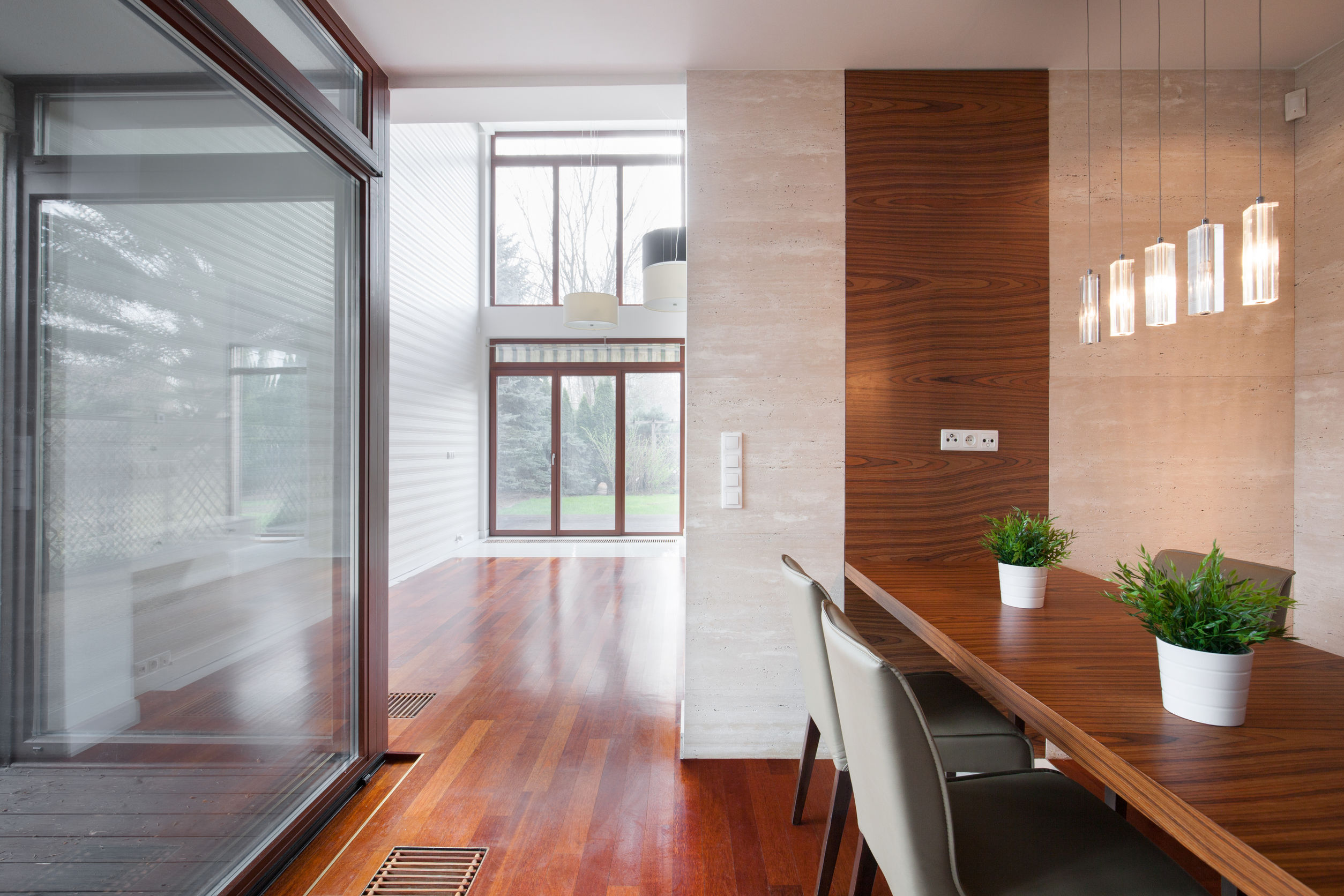
Plan for Sustainability
Create a plan for sustainability that considers space and energy-consumption and the lifecycle of materials. Examples include, energy-efficient HVAC units, durable furnishings and finishes, and creating multi-functional spaces. As buildings.com states, “Ideally designers renovating a workplace with sustainability in mind will aim to excel in all three of these areas, and in doing so will provide a functional workplace that will meet the needs of employees for years to come without any unnecessary reconfigurations.”

Research Financial Incentives
For contractors, it’s a good faith gesture and certainly good for business to discover and pass along any savings you can to your clients. Second generation buildings can have the benefit of being offered local tax or financial incentives. In addition, enterprise zones may offer concessions, infrastructure incentives, and reduced regulations.
Conclusion
The idea of an office renovation is exciting for any business. It implies a new beginning, a renewed character, and a refreshed style. A carefully planned approach is critical to the success of any office renovation. While it’s understandable to want to get the job done quickly, it’s important to allow the process to run its course. Building Design + Construction adds, “Don’t try to do everything at once. Consider a multi-step, phased redesign, rather than tackling the entire property at once. A phased plan provides flexibility in cash flow and financing and greater variety in lease agreements, which can reduce financial risk to the owner or developer.”
Apartment Building Upgrades that Increase Value
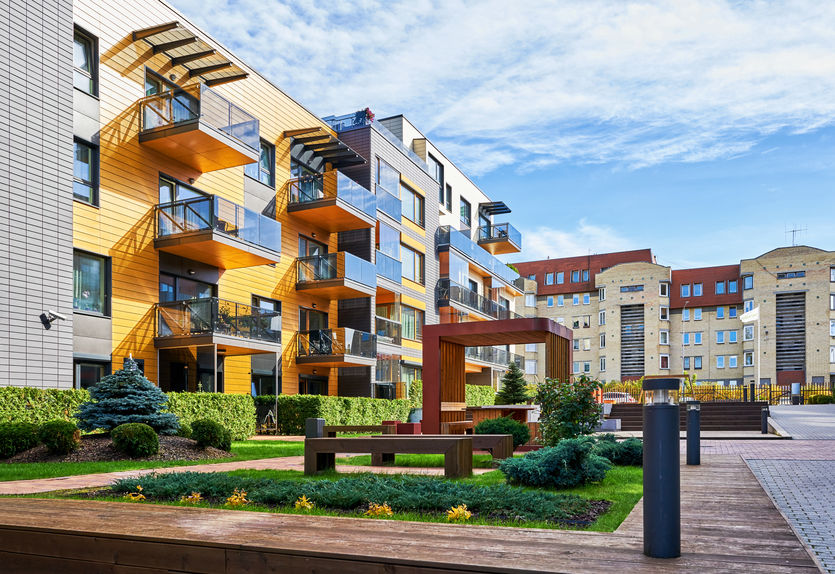 The multifamily housing market has been growing steadily in recent years. According to Housing Wire, sales increased by 44% in 2018, accounting for 31% of the total U.S. real estate investment sales. A primary factor is that apartment building owners and managers recognize that they can increase value by upgrading and renovating functionality and the overall aesthetic appeal of common areas, amenity spaces, and unit rooms.
The multifamily housing market has been growing steadily in recent years. According to Housing Wire, sales increased by 44% in 2018, accounting for 31% of the total U.S. real estate investment sales. A primary factor is that apartment building owners and managers recognize that they can increase value by upgrading and renovating functionality and the overall aesthetic appeal of common areas, amenity spaces, and unit rooms.
Common Areas
Particularly in urban areas, Building Design and Construction says apartment sizes are shrinking while common areas are expanding. Tenants, especially Millennials, are willing to sacrifice living space for larger common areas that provide functional spaces for social activities and ad hoc work environments. Buildings are equipping common areas with more robust technology like USB ports, reliable WiFi connections, iCafes, and other web-access. Common areas are also being renovated with more durable furniture and flooring to handle increased usage.

Amenity Spaces
The National Apartment Association’s Adding Value in the Age of Amenities Wars report notes that rooftop decks are the most valued outdoor amenity. In mid and high-rise buildings, rooftop decks and terraces are in high-demand with desired features like outdoor kitchens, grills, sound systems, big-screen televisions, and comfortable seating. The report also reveals that fitness centers rank at the top of the list for community-wide amenities. Fitness centers have evolved in only the past few years from workout rooms to including space for classes like yoga, resistance training, and wellness.
___________________________
Multifamily housing sales increased by 44% in 2018, accounting for 31% of the total U.S. real estate investment sales.
___________________________

Building owners are accommodating the needs of bike and pet-owners, as well. The high cost of parking spaces means more bike-usage, and multifamily owners have responded by providing bike stations for parking, storage, and in some cases, parts and repairs. Pet-owners represent a large demographic of residents, and they expect amenities such as grooming, sitting and walking services, parks, and sometimes spas. “Many apartment communities today are going above and beyond for their residents and pets by offering awesome accommodations,” according to Apartments.com.
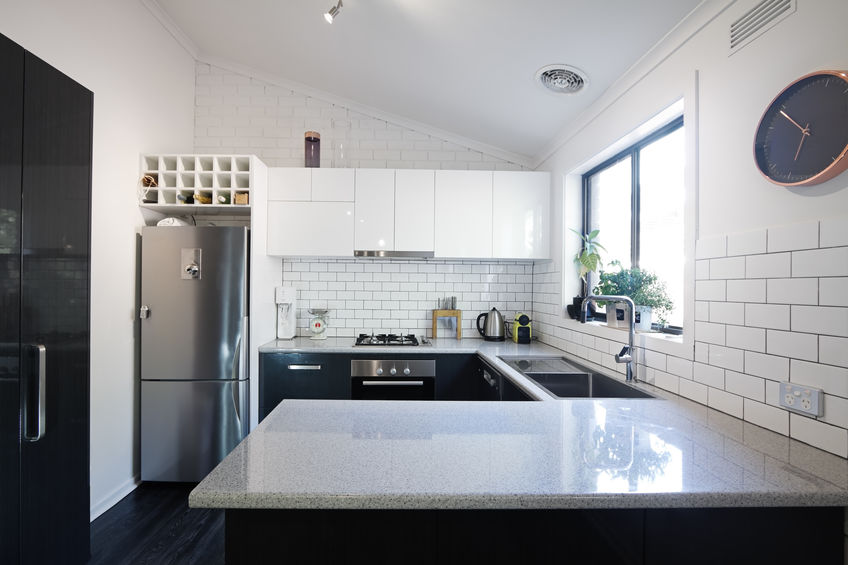
Kitchens
Kitchens renovated for style and functionality are a value-add for multifamily living. Kitchens are trending toward incorporating mixed materials like wood, metal, stone, and glass. In larger units, multifunctional islands are used for dining, entertaining, and workspaces. Additionally, multi-use countertops feature butcher blocks, wireless charging areas, and food scales.
Conclusion
If the upward trends hold, and as municipalities continue to swell in population, multifamily housing construction must keep pace with demand. Building owners and managers will gain a competitive advantage and realize better return on their investment by creating the upgrades that attract prospective tenants.
Read more about How to Attract Tenants With Your Lobby Design.
